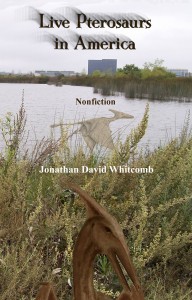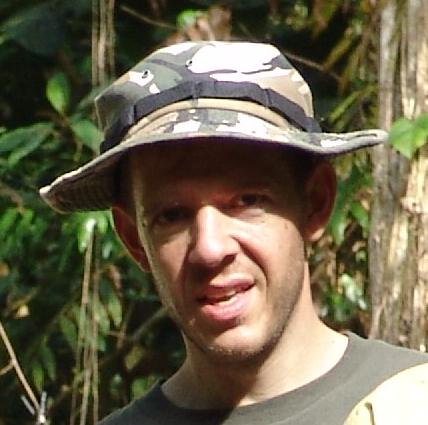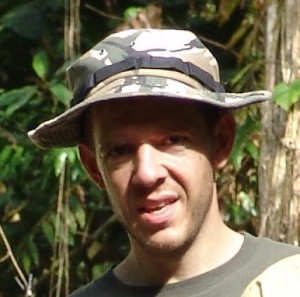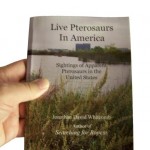Critics have sometimes questioned the objectiveness of investigators of eyewitness accounts of living pterosaurs. It seems that those critics have been hasty. Consider details, then judge for yourself.
Woetzel-Guessman expedition of 2004
When the American cryptozoologists David Woetzel and Garth Guessman explored Umboi Island late in 2004, they used a sketches in some of their interviews. Dozens of silhouettes were available for native eyewitnesses to compare: birds, bats, and pterosaurs. Detailed interview forms were used. To be more objective than previous explorers, they used those sketches and forms to interview native eyewitnesses.
When Woetzel had his sighting one night, he described the strange flying light that he had observed. He did not imagine any shape to the light, no form that would suggest a modern pterosaur. He only reported what he had seen. (Contrary to some of the vague ridicule from critics, we can really be quite objective.)
Nation-Kepas expedition of 2006
When Jacob Kepas climbed up a mountain ridge with a local guide, their first viewing location was insufficient for Kepas to be sure that what he was observing was a large winged-creature. Only after the guide had climbed up to a higher viewing location was it ascertained to be what they had suspected.
On that expedition, when Paul Nation videotaped the two strange lights on the ridge, he did not say that he had observed the shapes of two pterosaurs. He described the lights that he had seen; he admitted that no shape was observed.
Nation expedition of early 2007
Paul Nation returned to the Tawa Village area of Papua New Guinea only weeks after his first expedition there. He scrutinized the various lights that he had observed in late 2006 and determined that the bright white lights far to the east were from automobile headlights. After he had returned to the United States, he reported his findings to me and admitted his previous mistake, notwithstanding the other lights were genuine indava lights. This may have been somewhat embarrasing, at first, but it verifies the objective purity of the investigations. It shoots down the ridicule that we are grossly biased and therefore incapable of conducting objective investigations.
More about the Living-Pterosaur Cryptozoologist Jacob Kepas
Science and Clear Thinking (from The Bible and Modern Pterosaurs)
Follow living-pterosaur investigations on Twitter
*************************************************************
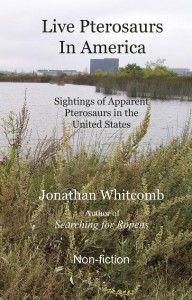 Did you know that living pterosaurs have been reported in North America, even in the United States? Read the many eyewitness sighting reports by purchasing a nonfiction book on Amazon or buy Live Pterosaurs in America from the publisher.
Did you know that living pterosaurs have been reported in North America, even in the United States? Read the many eyewitness sighting reports by purchasing a nonfiction book on Amazon or buy Live Pterosaurs in America from the publisher.
In its original first edition, for many weeks, this has been the best-selling nonfiction book (Amazon.com) about living pterosaurs. It is in pure cryptozoology genre, unlike some books about modern living pterosaurs and dinosaurs, packed with exciting observations by shocked eyewitnesses. Find out for yourself why many Americans are awakening to the knowledge that these creatures still fly, not just in remote jungles but right here in the United States.
This cryptozoology-book breakthrough has now been published in its third edition:
